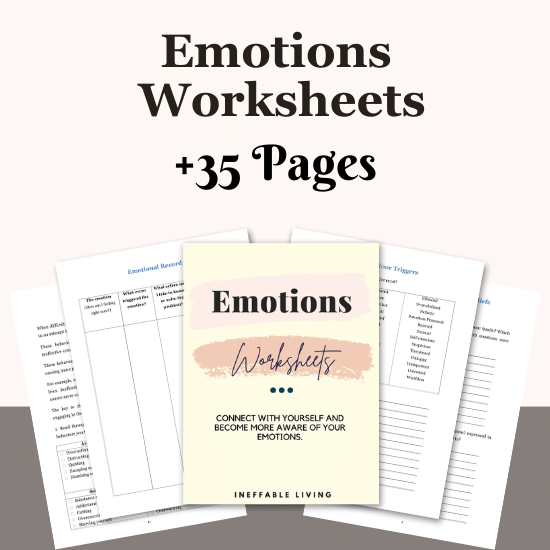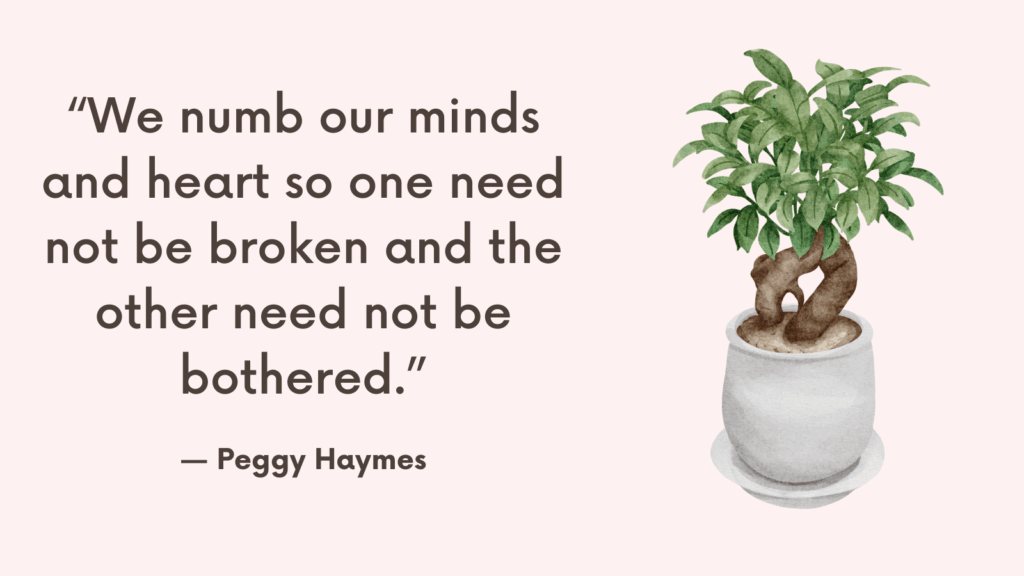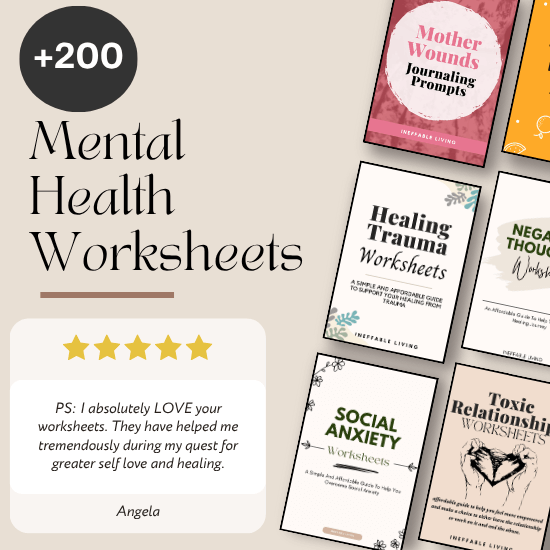For many men, getting in touch with emotions isn’t just difficult—it can feel foreign, unsafe, or even shameful. Cultural conditioning often rewards men for being stoic, logical, and composed, while discouraging softness, vulnerability, and emotional expression. Over time, many men learn to suppress rather than feel, to stay silent rather than speak, to push forward rather than pause and process.
But emotional connection isn’t weakness—it’s self-awareness. It’s what helps you show up more fully in relationships, cope with stress, and lead a more grounded, fulfilling life. Here’s how to begin the process of reconnecting with what you feel—without judgment.
Why This Conversation Matters
For many men, the idea of “getting in touch with emotions” feels foreign — not because they lack emotional depth, but because they were taught to detach from it early.
From childhood, boys are often praised for strength, stoicism, and self-control — while vulnerability, sadness, or even tenderness get labeled as weak, dramatic, or unmanly.
This creates an emotional exile.
Not a lack of feeling — but a lack of permission to feel openly.
What Gets Suppressed
Anger is often the only “acceptable” emotion for men — because it still looks powerful.
Meanwhile, the quieter feelings — grief, fear, loneliness, softness, uncertainty — are pushed underground.
This doesn’t make them disappear.
Instead, they may show up as:
- Irritability or emotional numbness
- Overworking or perfectionism
- Withdrawal from closeness
- Explosive outbursts after long silence
- Difficulty naming what’s wrong
It’s not emotional absence — it’s emotional armor.
Why Disconnection Is Painful (But Familiar)
When men are emotionally disconnected, they may still feel love, sadness, or insecurity deeply — but lack the words, support, or modeling to express it.
This can lead to relationships that feel strained or distant, and a sense of being misunderstood or emotionally alone — even when surrounded by people.
Many men have never had a moment where someone said:
“It’s safe to cry here.”
“It makes sense that you’re hurting.”
“You don’t need to hold it all together.”
Without those moments, emotional repression can begin to feel like personality.
But it’s not who they are — it’s what they learned to survive.
Related: How to Sit with Uncomfortable Emotions?
What Emotional Access Actually Looks Like
Getting in touch with emotions doesn’t mean becoming emotional all the time.
It means building a relationship with your inner world.
It means knowing what you’re feeling instead of reacting without clarity.
It means being able to say:
“I’m hurt.”
“I feel overwhelmed.”
“I don’t know what I need yet, but I want to understand.”
This isn’t softness — it’s emotional intelligence.
And it builds deeper confidence, stronger relationships, and quieter minds.
Related: How To Feel Your Feelings? Top 9 Difficult Emotions To Cope With In Healthy Ways
How Men Can Get in Touch With Their Emotions?
1. Challenge the Narrative That Emotion = Weakness
Start by unlearning what you were taught. Emotions don’t make you fragile—they make you human. Anger, sadness, fear, joy, tenderness—these are not feminine or masculine. They’re simply part of being alive. Naming and feeling them isn’t losing control. It’s learning how to regulate and respond, rather than react or shut down.
2. Learn the Language of Emotion
Many men grow up with a limited emotional vocabulary—knowing how to say “I’m fine” or “I’m pissed,” but not much in between. Begin expanding that language:
- Try emotion wheels or charts to name more precisely what you’re feeling.
- Ask yourself throughout the day: “What’s the emotion under the surface?”
Examples: Instead of just “stressed,” it might be overwhelmed, anxious, pressured, or afraid of failing.
When you name it, you gain power over it.
Related: How to Identify Your Emotions?
3. Practice Body Awareness
Emotions are felt in the body before they’re processed in the mind. Reconnecting with physical sensations can help you recognize emotions before they escalate.
Check in daily:
- “Where do I feel tension right now?”
- “Is there tightness in my chest, stomach, jaw?”
- “If this sensation had an emotion behind it, what would it be?”
This helps you learn the early signals of feelings before they explode or shut down.
4. Reflect Through Writing or Voice Notes
If talking is hard, start by writing. Journaling or recording voice notes can give emotions a place to exist without needing to explain them to someone else.
Try prompts like:
- “What am I avoiding feeling?”
- “What am I angry about beneath the surface?”
- “When was the last time I felt truly vulnerable—and what did I do with that?”
You’ll often discover that buried emotions come up once there’s a safe outlet.
Related: 12 Ways to Express Emotions Clearly & Effectively
5. Normalize Emotional Conversations With Other Men
If you’ve only had surface-level friendships, it may feel awkward to talk about what you’re going through. But real connection comes from shared honesty. Try saying:
- “Lately I’ve been struggling with…”
- “I don’t have it all figured out right now.”
- “Have you ever felt this way too?”
You’ll be surprised how many men are relieved to be asked. Vulnerability invites depth.
6. Explore Emotional Expression Through Action
Not all emotional processing looks like crying or talking. Some men connect to emotion better through movement:
- Boxing, running, lifting weights to process anger or stress
- Playing music or art to express grief or longing
- Spending time in nature or silence to connect with peace or confusion
Emotion doesn’t have to be verbal to be valid.
Related: How To Release Emotions Trapped In Your Body?
7. Notice What You Judge in Others
Often, what we mock or dismiss in others is what we’re afraid of feeling ourselves. If you’ve been taught that tears are weakness or sensitivity is shameful, you may be unknowingly rejecting your own emotional needs.
Ask:
- “What do I criticize in others that might reflect something I’ve buried in myself?”
- “What emotions have I told myself I’m not allowed to feel?”
This is where shadow work begins—and it’s where true self-acceptance is born.
8. Work With a Therapist Who Gets It
Therapy isn’t about fixing what’s broken—it’s about learning how to listen inward. Find someone who respects the way men experience emotion and helps you build emotional fluency without pressure or shame.
A good therapist won’t force vulnerability—they’ll create space for it to unfold naturally.
Related: How to Develop Emotional Regulation As Am Adult?
9. Let Yourself Feel Without Needing to Fix
Emotional expression doesn’t always require a solution. Sometimes, it just needs time and space. When a feeling arises, try saying:
- “I don’t need to figure this out right now. I’m just letting it move through.”
This mindset lowers internal resistance and makes feeling more tolerable.
10. Redefine What It Means to Be Strong
Real strength isn’t about suppression—it’s about integration. It’s the courage to say “I don’t have all the answers.” It’s the power to sit with sadness, fear, or tenderness and not run from it. It’s the confidence to be fully human.
Your emotions don’t make you less of a man. They make you a man with depth.
Related: Dysregulated Nervous System: Top 9 Signs & How to Heal

Conclusion
You weren’t born disconnected from your emotions—you were trained out of them. Reconnecting isn’t about becoming emotional overnight. It’s about remembering what you buried and offering it space to breathe. You don’t need to perform strength. You already are strong—for being willing to feel.



